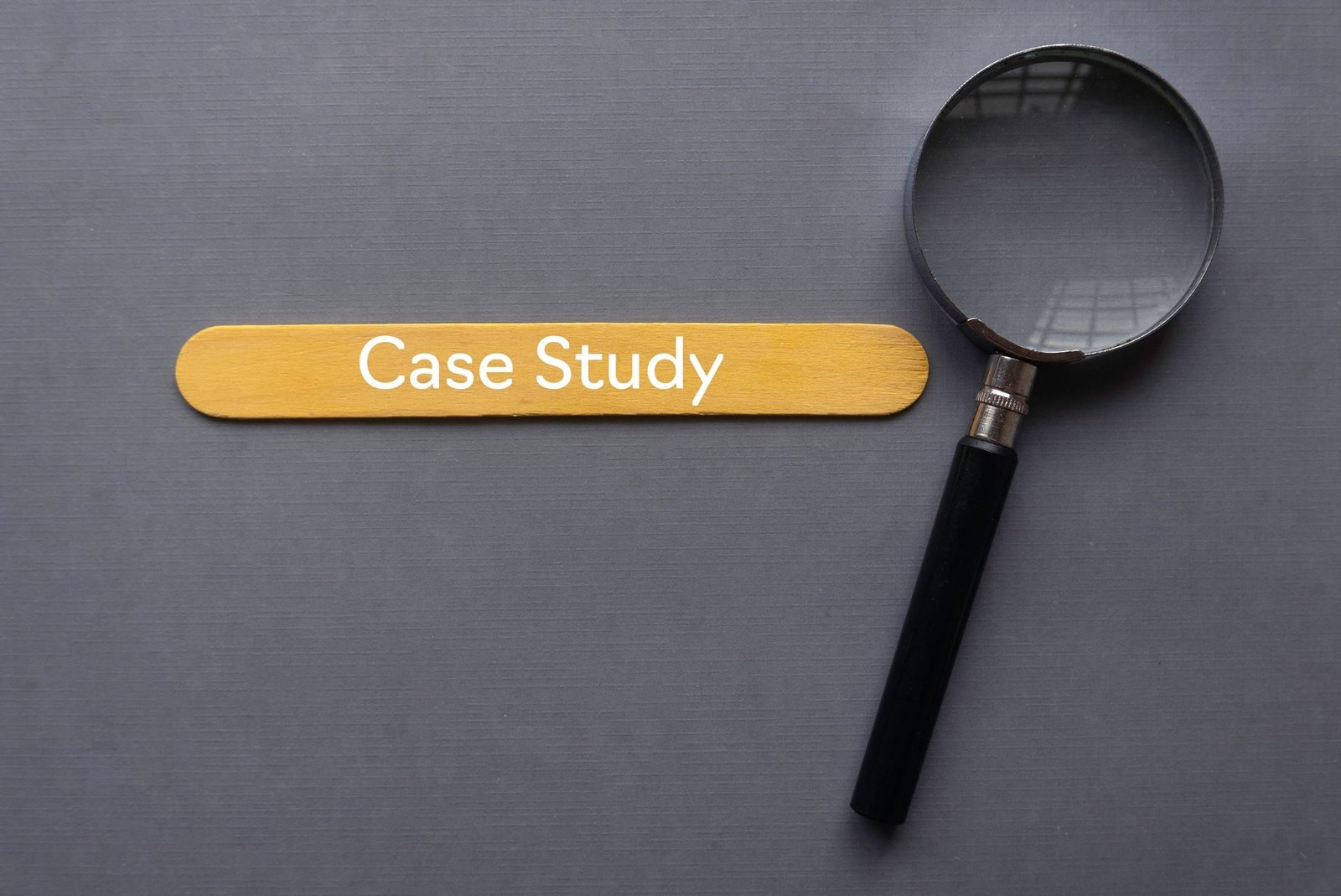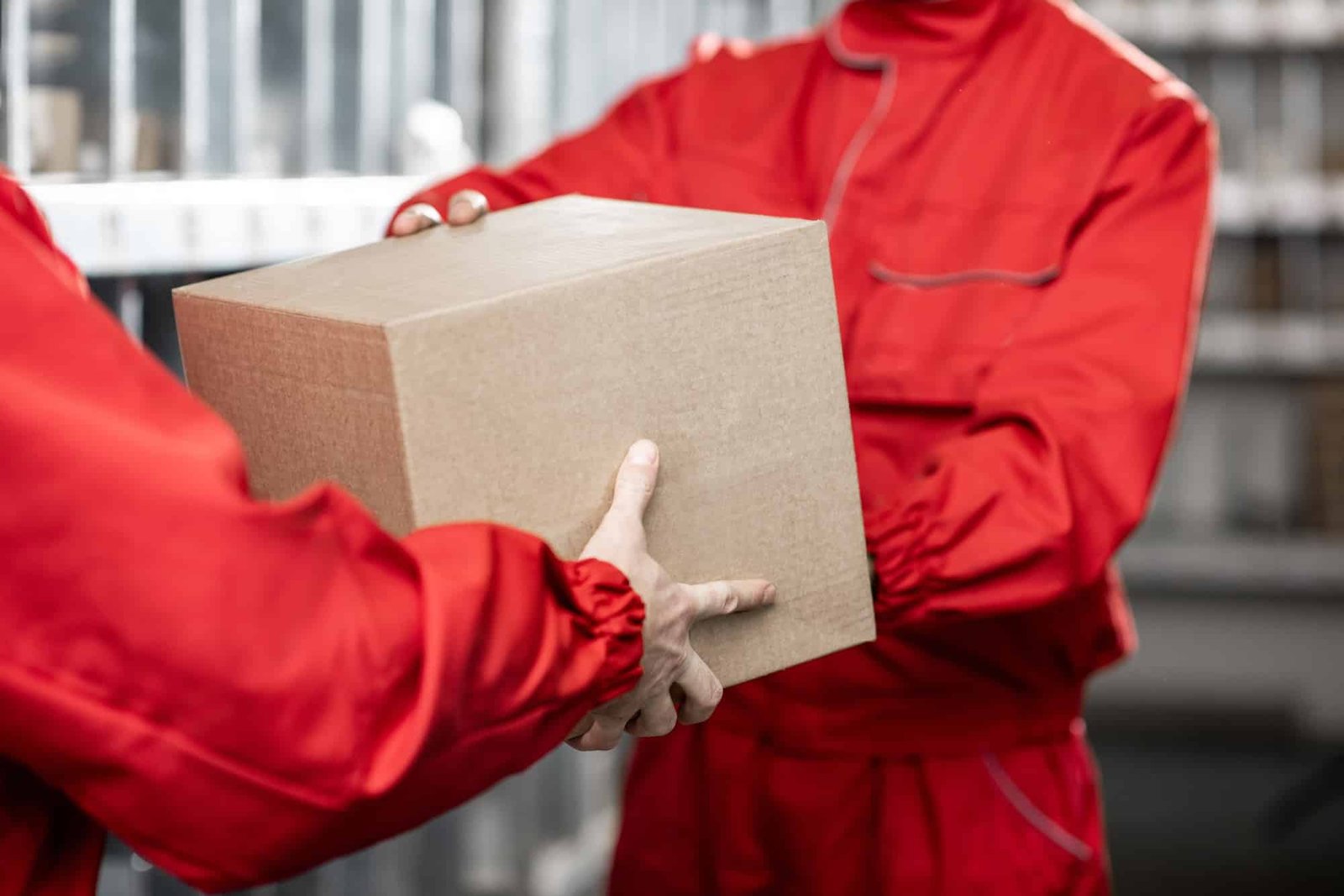Double-sided and transfer tapes are versatile adhesive solutions widely used across various industries, including electronics, automotive, construction, and packaging. These tapes provide a reliable bonding option for applications requiring precision, durability, and efficiency. This comprehensive guide delves into the properties, adhesive types, backing materials, and applications of double-sided and transfer tapes, providing valuable insights for businesses and professionals seeking optimal adhesive solutions.
What Are Double-Sided and Transfer Tapes?
Double-sided tapes feature an adhesive on both sides of a substrate, making them ideal for bonding two surfaces together. In contrast, transfer tapes consist of a pressure-sensitive adhesive (PSA) without a backing, allowing for lightweight and seamless applications. Both options offer high bond strength, flexibility, and versatility in demanding environments.
Key Types of Double-Sided and Transfer Tapes
1. Double-Coated Pressure-Sensitive Adhesive (PSA) Tapes
These tapes include a substrate material (such as paper, foam, or plastic) coated with adhesive on both sides. Commonly used for uneven surfaces, foam-based variants provide cushioning, sealing, and vibration damping.
Applications:
• Automotive interiors for trim attachment.
• Electronics assembly for securing components.
• Construction for sealing or joining irregular surfaces.
2. Unsupported Pressure-Sensitive Adhesive Tapes
Unsupported transfer tapes consist solely of adhesive material without any carrier or substrate. They are lightweight, flexible, and ideal for precise applications requiring minimal bulk.
Applications:
• Mounting nameplates, signage, or labels.
• Bonding lightweight materials like paper or foil.
• Electronics for thin-profile adhesion.
Understanding Adhesive Properties
Adhesive Types
Selecting the right adhesive depends on the bonding requirements, environmental conditions, and intended application.
1. Acrylic Adhesives
• High durability and resistance to UV light, temperature extremes, and chemicals.
• Suitable for long-term outdoor use or demanding applications.
2. Rubber Adhesives
• Excellent initial tack and adhesion to rough or low-energy surfaces.
• Best for short-term or indoor applications.
3. Silicone Adhesives
• Outstanding resistance to high temperatures and flexibility.
• Ideal for specialty applications such as aerospace or medical use.
Key Factors to Consider
• Temperature Resistance: Can the tape withstand the application’s thermal demands?
• Bond Strength: Does it provide sufficient adhesion for the material surfaces involved?
• Environmental Compatibility: Will it endure moisture, chemicals, or UV exposure?
Backing Materials for Double-Sided Tapes
The backing material serves as the foundation of double-sided tapes, impacting their strength, flexibility, and environmental performance. Common backing materials include:
1. Foam
• Provides cushioning and gap-filling properties.
• Useful for sealing and vibration damping.
2. Film/Plastic
• Thin and flexible for smooth surface bonding.
• Common in electronics and medical applications.
3. Tissue or Paper
• Easy to tear by hand and lightweight.
• Suitable for arts, crafts, and lightweight packaging.
4. Fabric or Nonwoven Materials
• Excellent for dynamic applications requiring flexibility and strength.
• Often used in automotive or industrial settings.
Tape Specifications
When choosing a tape, consider the following technical parameters:
| Property | Description |
|---|---|
| Temperature Resistance | Ranges from -40°C to 200°C, ensuring reliability in extreme conditions. |
| Electrical Properties | Dielectric strength to prevent electrical interference or shorts. |
| Tensile Strength | Indicates the tape’s ability to handle stress without tearing. |
| Thickness | Affects the tape’s gap-filling and durability characteristics. |
Features of High-Quality Adhesive Tapes
1. High Bond Strength: Ensures durability for long-term applications.
2. Weather Resistance: Maintains performance under harsh environmental conditions.
3. Flexibility: Adapts to irregular or curved surfaces with ease.
4. Transparency: Ideal for aesthetic applications requiring a clean, invisible finish.
5. Customizability: Available in various sizes, thicknesses, and adhesive strengths for tailored solutions.
Applications of Double-Sided and Transfer Tapes
Double-sided and transfer tapes are crucial in a wide range of industries:
1. Electronics
• Component mounting and thermal interface materials.
• Used in mobile devices, displays, and circuit boards.
2. Automotive
• Attaching emblems, trims, and weatherstrips.
• Enhancing vehicle aesthetics and reducing noise or vibration.
3. Construction
• Joining insulation panels or vapor barriers.
• Sealing ducts, windows, and roofing materials.
4. Packaging and Signage
• Lightweight bonding for branding or labels.
• Securing signage for indoor and outdoor displays.
Conclusion
Double-sided and transfer tapes provide unparalleled versatility and efficiency across industries, offering high bond strength, adaptability, and reliability. Understanding the properties, types, and applications of these tapes empowers businesses to select the most suitable adhesive solutions for their needs. Whether you’re working in electronics, automotive, or construction, the right tape can streamline your processes, enhance product performance, and drive long-term success.
For further inquiries or to explore customized adhesive solutions, feel free to contact our expert team!







